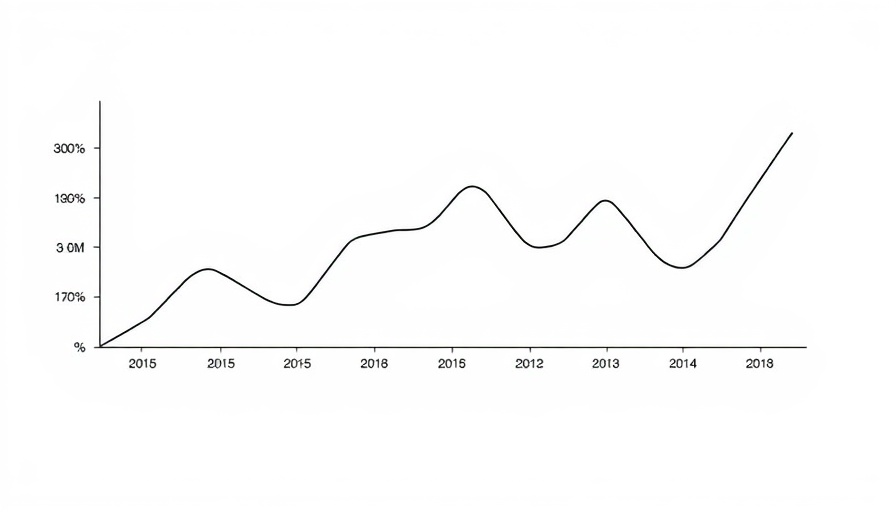
Understanding the Fluctuation of Wholesale Vehicle Prices
The wholesale vehicle market has recently shown signs of stabilization, a shift largely influenced by various economic factors, including tariffs. As we move away from the volatility seen in previous months, the most recent analysis from Cox Automotive indicates that wholesale prices reached a Manheim Used Vehicle Value Index of 205.2 for May. This figure reflects a 4% increase compared to the previous year, although prices have dipped 1.4% from April when adjusted for variables such as mix, mileage, and seasonality.
The Impact of Seasonal Changes
In their analysis, Cox highlighted that seasonality effects influenced the month’s depreciation trends. "The seasonal adjustment slightly lowered the decline seen in the month," they noted, explaining how the swift appreciation in wholesale values during April—a time marked by a tariff announcement—has somewhat retracted. However, the overall values of wholesale vehicles still remain significantly higher than they were at the same time last year, indicating resilience in the market.
Market Dynamics and Future Predictions
While the tight inventory levels present a counterbalance to the anticipated higher depreciation over the summer, market trends suggest an interesting duality. Jeremy Robb from Cox Automotive anticipates that we may see an uptick in wholesale depreciation soon, particularly as summer progresses and buyers adjust their purchasing behaviors. However, he notes that the tightening supply of retail and wholesale vehicles—both down 5%—could stem this depreciation. This tightness in availability may bolster the current value levels against aggressive declines, making it a focal point for car dealerships.
Comparative Insights from Black Book
In contrast, insights from Black Book’s Used Vehicle Retention Index report an intriguing stability, with values inching up 0.1% month-over-month. Laura Wehunt pointed out that April saw a surge in market activity fueled by speculation around tariffs, creating a frenzy among buyers. Yet, as we entered June, activity appeared to level off, aligning with traditional seasonal norms. This illustrates how external economic factors and buyer psychology play crucial roles in market dynamics.
What This Means for Dealership Operations
For dealership owners and GMs, staying attuned to market trends and adapting strategies accordingly is essential. The recent dip in wholesale prices paired with the ongoing tight inventory suggests an opportunity to recalibrate inventory purchasing and pricing strategies that reflect the current market environment.
In conclusion, while the wholesale vehicle market is still digesting the ramifications of tariffs and related trends, both protective measures and evolving consumer behavior are defining its trajectory. Keeping a close eye on these developments will be crucial for those in auto sales training and dealership management, as they prepare to navigate these changes effectively.
 Add Row
Add Row  Add
Add 




Write A Comment